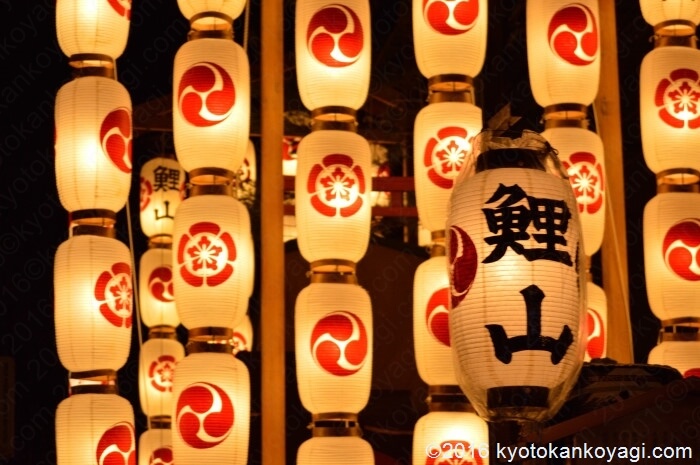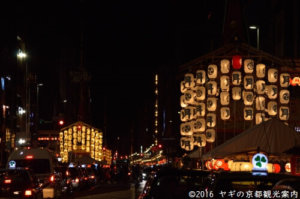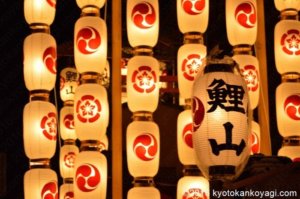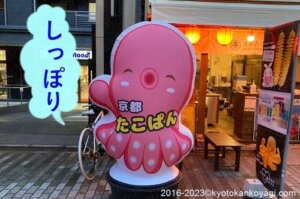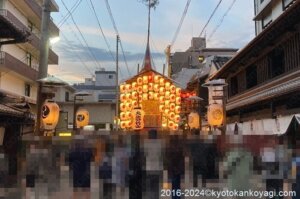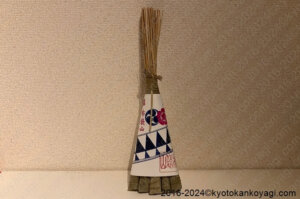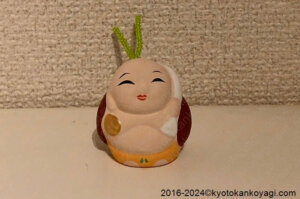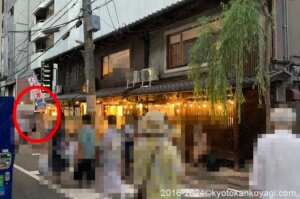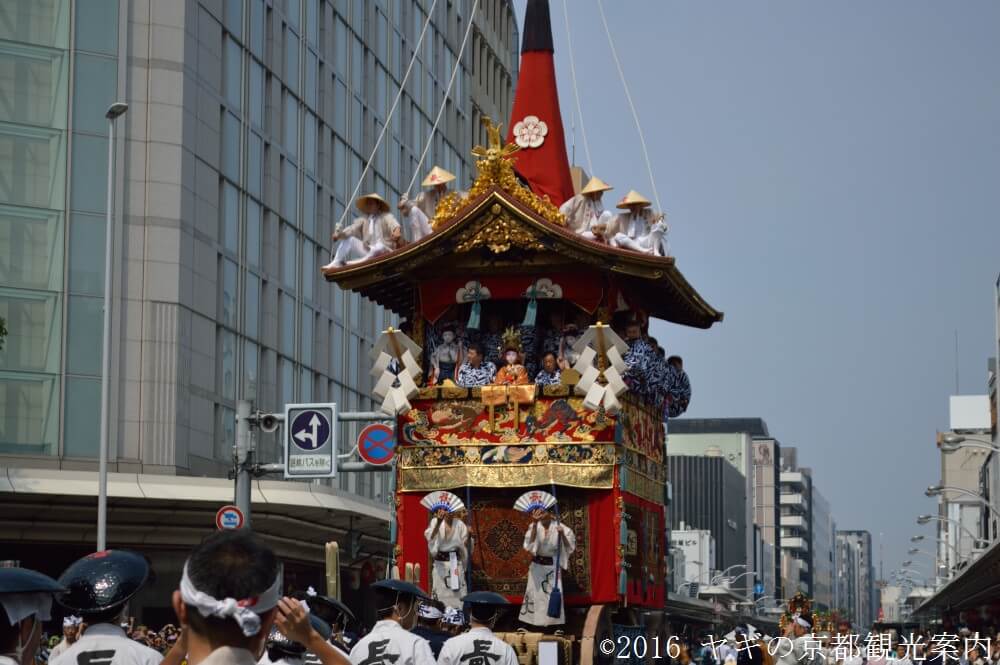THE GIST OF THIS ARTICLE
- Page 1 What is Yoiyama? Breaking 2024, When would we go? Access
- Page 2 The ways to enjoy, Koi Yama, Hachiman Yama
- Page 3 Kuronushi Yama, En no Gyoja Yama
- Page 4 Taka Yama, Jyomyo Yama, Hashi Benkei Yama, Suzuka Yama
- Page 5 Kita Kannon Yama, Minami Kannon Yama
- Page 6 On floats, Ohayashi music, Byobu Matsuri
- Page 7 Abare Kannon, shopping
- Page 8 Breaking report on 2023
- Page 9 Breakig report 2022, bibliography
The following is the contents of this article.
What is Yoiyama? 宵山とは
Yoiyama means a kind of small festivals held a few days before in Hokomachi.
Hokomachi is a district where we can find Yamaboko floats. As seen in the photo above, there are many paper lanterns hanging on Yamaboko floats.
Yoiyama is preparation for Mikoshi and Yamaboko parade. It sitll reminds secret when it started but Gion Groyo-e Saiki, a book on Gion Goryo-e (the former name of Gion matsuri.), tells us it began in the 18th century.
Today, the word Yoiyama has two meanings; The three consecutive days before Yamaboko parade, and the eve of the parade.
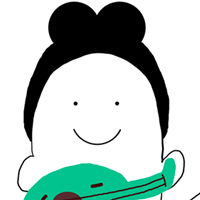
In Atomatsuri, Yamaboko parade is on 24th. We call 23th Yoiyama, 22th Yoiyoiyama, and 21st Yoiyoiyoiyama precisely.
In this article, we call the nights of 21~23th Yoiyama.

The way to Enjoy Atomatsuri
- Visit Otabisho to See Mikoshis.
- See Kaisho Kazari
- See Goshintai figurine of each Hoko.
- Buy souvenirs like Chimaki, Tenuguis and others.
- Collect Goshuin stamps
- On some of the floats
- Enjoy Gion Bayashi music.
- Enjoy Byobu Matsuri
- Abare Kannon
- Shopping

For more info. on Gion matsuri


- Why celebrated?
- Why Gion matsuri started in the private garden of emperors? (It is a post of the rock garden of Ryoanji and shows you the meaning of Japanese garden.)
- Gozu tenno and epidemics
- Mikoshis of Gion Matsuri
- When Yamahoko parade started?
- How to make Yamahoko floats?
- All the Yamahoko floats
- Sakimatsuri Yoiyama
- Atomatsuri Yoiyama
Breaking report 2024
7/24
♪Prayin’ for the thunder and the rain to quietly pass me baahy
♪Sailin’ hear ship thru broken harbaahs
7/23 Abare Kannnon あばれ観音

Extravaganza!!!
7/22
Not crowded as Yoiyamas of Sakimatsuri.
Chimaki, figurine, and Gosyuin of Hotei Yama are available. Hotei Yama was devastated by a fire some 200 years ago.

Head for Ninami Kannon Yama from Kita Kannon Yama. You’ll reach a crossing and a willow tree in the photo. Near the red circle, you can get them.
Kaishos:
7/21
Hshibenkei Yama does Kakizome.
7/20
Today, Ofune Hoko, Takayama, Minami Kannon Yama, and Kita Kannon Yama carried out Hikizome to prepare for the Parade.
Kuru Nushi Yama has a brend-new Yaguara. Yoiyama will start tomorrow.
When would we go Yoiyama?
In daytime or night
If you wanted Chimaki, Goshuin stamp, and other things at Kaisyo, it would be better go there in daytime though Yoi of Yoiyama means “night.” At night, many people visited Kaisyo and it might take time to have these things.
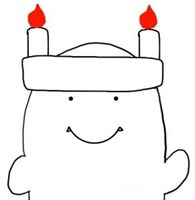
We have hot days in daytime usually. Prepare for them!
In addition to it, we have some rituals on 23th July. Around 2:00 p.m., in front of Kaisyo of Enno Gyojya yama, Gomadaki Kuyo ritual is held. In this ritual, we have our wish on a small piece of wood. And Gyoja, a kind of Buddhist monk, belong to Shogoin temple set fire these pieces of wood to pray for us.
In the video, we can see small pieces of paper hanging on a rope. When the ritual is finished, we can have them as an amulet which saves us from bad luck.

In daytime, buy the things you want and enjoy Yamaboko floats, paper lanterns and Kaisyo Kazari.
At twilight
We have two matsrui in Gion matsuri; Saki matsruri and Ato matsuri. In Ato matsuri, the twilight reminds of us autumn though we are in the midst of summer.
Car-free zone?
In Ato matsuri, we have car-free zones only around Yamaboko floats. And we don’t have one-way roads.

Go anywhere you want!
Access to Yoiyama
Take trains, not buses.
Following are the stations near Hokomacho (the enclosed area in blue line);
Kyoto City Subway Shijo station(the blue train on the map), Hankyu Karasuma station (the red train), and Keihan Shijo Kawaramachi station (the green train).

